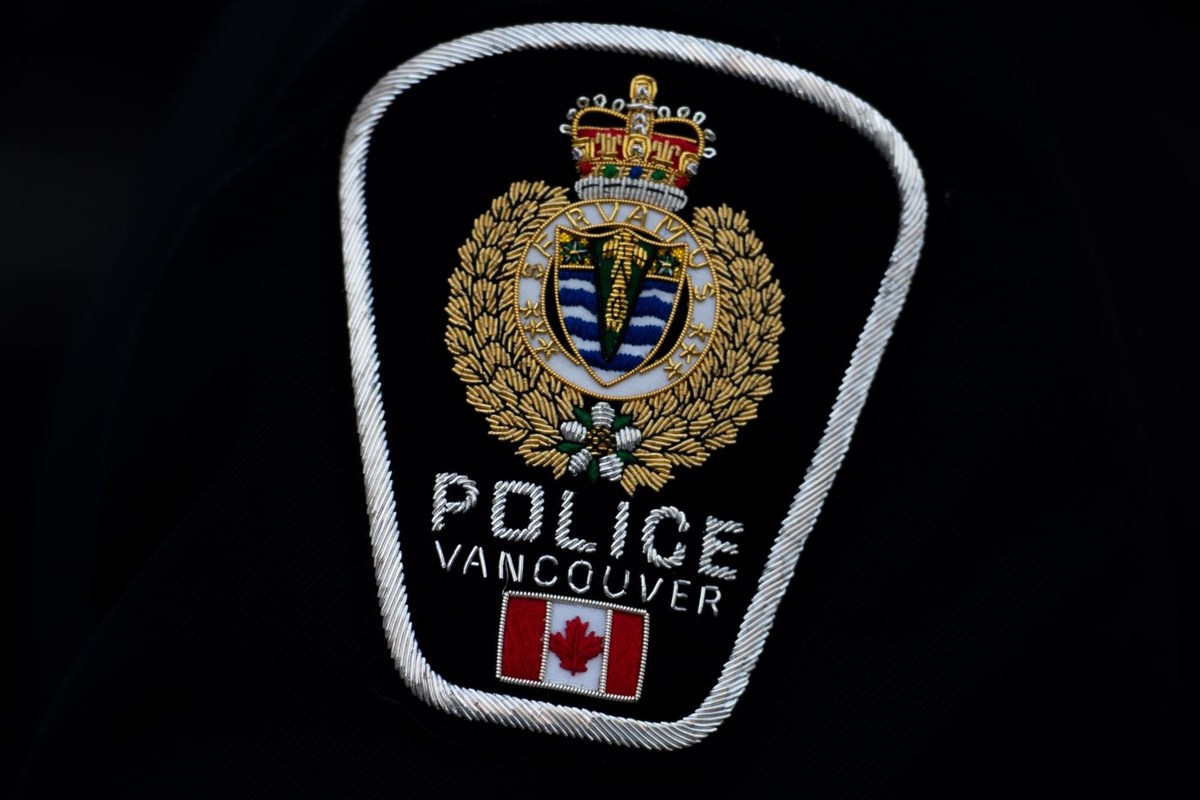Remembering Operation Eagle Claw: A Bold Attempt to Rescue Hostages in Iran

On the morning of April 25, 1980, Americans awoke to shocking news delivered by President Jimmy Carter. The nation had engaged in a daring military operation aimed at rescuing 52 American hostages from the grips of the Iranian regime, which had unlawfully detained them at the U.S. Embassy compound in Tehran. This mission, known as Operation Eagle Claw, was a significant moment in U.S. history, highlighting the complexities and risks of military intervention.
As the assault force prepared for their mission, they were seen loading C-141 Starlifter aircraft at an Intermediate Staging Base. This staging area served as a crucial point for coordinating the logistics of the operation, which required meticulous planning and execution. However, the mission was fraught with challenges. The task force comprised various military units that had not trained together extensively, leading to complications during execution.
Additionally, the weather conditions were less than favorable, further complicating the mission. As the operation progressed, the team faced a series of setbacks, most notably when they attempted to withdraw from Iranian territory. The situation grew dire after a series of helicopter failures, culminating in a catastrophic event that would mark the operation as a tragic yet pivotal moment in military history.
In a heartbreaking turn of events, eight American servicemen lost their lives in a tragic aircraft collision during refueling operations. A hovering Sikorsky SH-53 helicopter collided with a C-130 aircraft that was loaded with fuel bladders, resulting in a devastating accident. This incident underscored the risks involved in military operations and the price that service members pay in the line of duty.
Despite the tragic losses, the spirit of those involved in Operation Eagle Claw was not forgotten. The mission ultimately catalyzed significant changes within the U.S. military, leading to the establishment of the United States Special Operations Command (USSOCOM) and its associated components. Over the decades, the lessons learned from this operation have been instrumental in shaping the capabilities of Americas elite forces.
Now, 45 years later, we reflect on the bravery and determination of those who embarked on this bold mission. The legacy of Operation Eagle Claw serves as a reminder of the sacrifices made by our service members and the ongoing commitment to protect American lives abroad. Their courage and resolve have paved the way for the advanced special operations capabilities that the U.S. military possesses today.
Join me in remembering the heroes of Operation Eagle Claw, who dared to attempt what many deemed impossible. They remain legends in our hearts, exemplifying the valor and commitment of our armed forces.


























